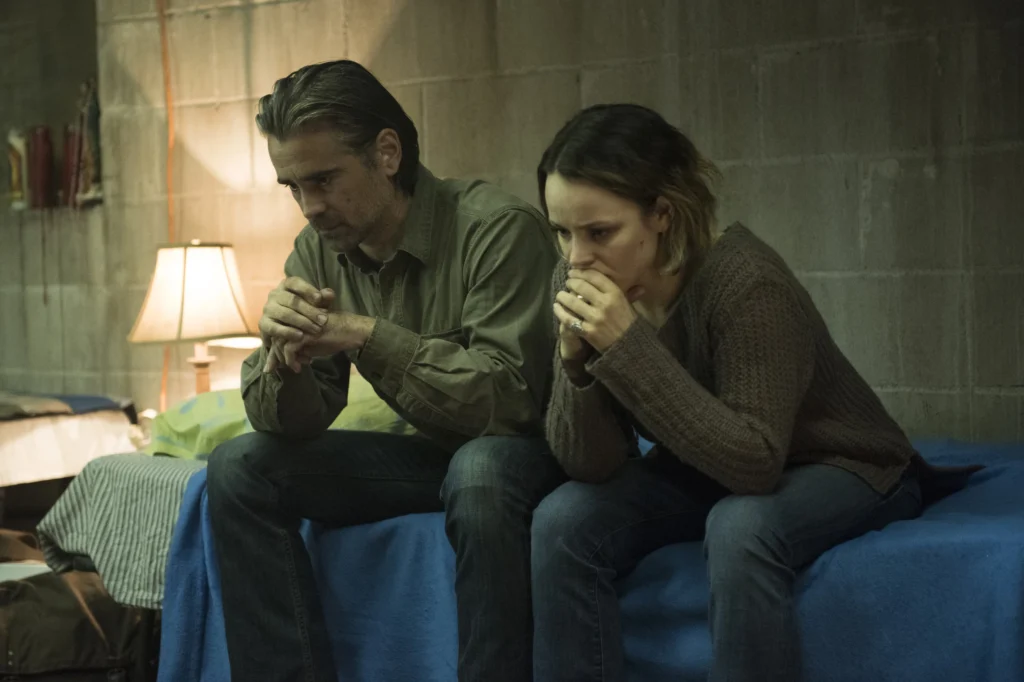Trauma Was the Main Character

The creator of the show nic pizzicato gave viewers a glimpse into a society in which everyone has been impacted by trauma in the second season: Semyon’s early years, woodrugh’s battle experiences, bezzerides’s troubled history, and Velcoro’s killing of his wife’s rapist. the absence of an engaging mystery was a major point of criticism for season 2, but Pizzolatto was going for something bigger than a simple whodunit.
Gorgeous aerial views of Los Angeles’s roads abound in Season 2, but they serve more as a poison than a real means of connecting people. It’s a depiction of Los Angeles where everyone is pushed to the breaking point by grief and despair, with Casper’s murder serving only as a spark. Justice is frequently postponed if it occurs at all, and loyalty is ephemeral. The dots also don’t always connect.
The most mockery was directed towards Vaughn’s clenched-jaw act, much of it undeserved. His interactions with Farrell are some of the best in the series, and he embraces the pulpy tone of Pizzolatto’s banter. Either character can’t escape their pasts, especially when their futures get worse. Men who are losing ground on which to cling, Vaughn and Farrell turn into symbols of the collapsing masculinity that is at the heart of most of Pizzolatto’s writing.
Though Kitsch sees nuance in Woodrugh’s body language, his problems—closeted homosexuality, PTSD, and a wrongful accusation—could have been the only things that defined him. His tense posture and jaw demonstrate a man trying to mask what he believes to be inside weakness by projecting an image of strength from the outside.
Bezzerides uses her need to be viewed as tough as her male coworkers as a coping method for her trauma. Even though the role of the “overcompensating female cop” is undoubtedly cliched, McAdams makes it seem incredibly real. She discovers the truth in it by defying convention, giving her line readings more nuance and her physical performance more subtlety, which instead highlights the emotional center that her character overprotects.


